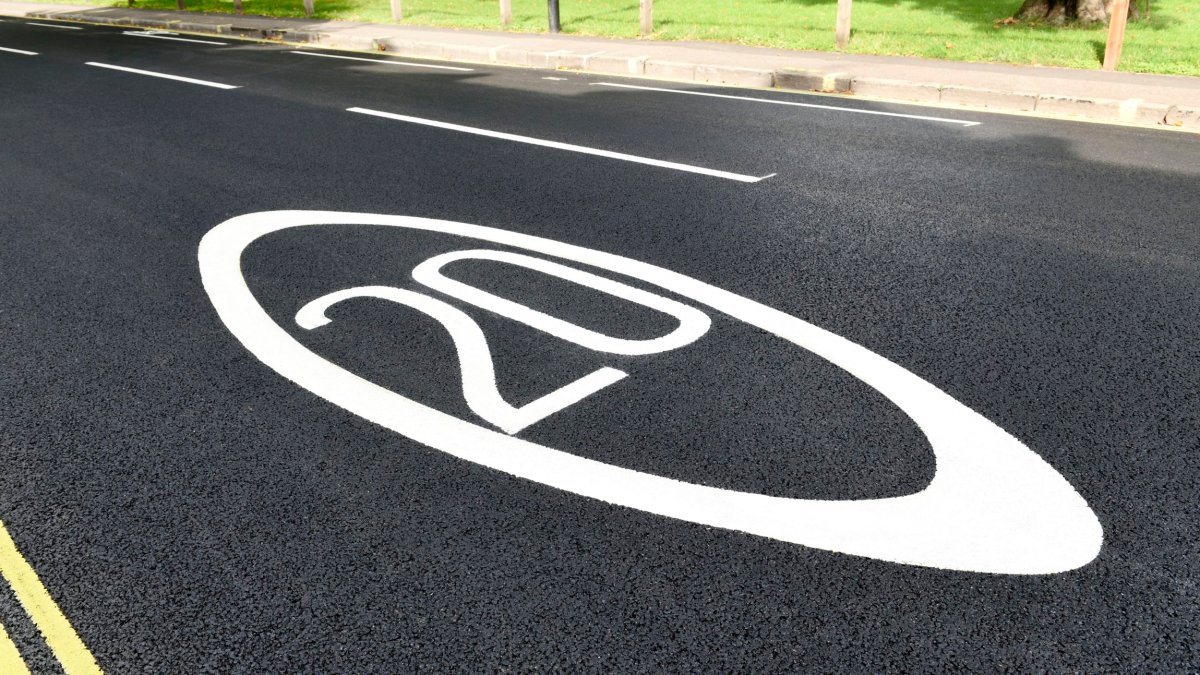I think the main problem here is for folks forced to drive every day in the dervish of death that is rush hour.
If you can’t afford to live near where you work (as is often the case in the UK), and you’re already looking at a 1 hour commute both ways, current public transport isn’t an option. You can either give up on sleep, or you will have to drive.
A lot of these changes are coming in the wrong order - first you improve public transport, create affordable housing near city centers, and drastically reduce the price (and let’s be frank, increase the quality of) public transport, and THEN you hit car users to push them on to these options. In the current order, they just introduce further hardship to folks who already have a bad time.
Yeah, the current approach globally - at least it seems to be the same in Germany - is to make the “experience”, if you want to call it that, for car users worse to the point that it’s worse than public transport in order to force people onto it. There are some minor improvements being made to public transport, but it’s of course a lot faster to put up signs for a speedlimit everywhere or even blocking access to certain roads completely than to increase the capacity of a rail network. And as you said, this hits the already disadvantaged parts of the population more, since they more often than not have manual labor type job that requires going into the “office” everyday, that are living further from work, …
Disadvantaged parts of population usually don’t have cars. For example in Moscow total amout of cars is about 20% of population, in regions it’s even less.
Missed one - you actively encourage mobile working so you have less people moving around in total.
I agree here, a larger push towards remote working would definitely help, though such a move would likely come at the expense of privacy (teams is already a privacy nightmare as it is, with wider home work adoption no doubt Microsoft would implement more “features for employers”).
Given that we know going over the speed limit raises your collision rate, meaning setting the speed limit so low every driver will go over it is genuinely dangerous, do we have any studies supporting the claim that reducing the speed limit reduces the collision rate overall? I couldn’t find one, but it’s a surprisingly challenging search - I easily found studies confirming that collision lethality scales with speed, but that’s not my question.
Purely anecdotally, the vast majority of my collisions have been at very low speeds - in parking lots.
My main concern with this is that what you’re doing is desensitising people from the speed limit.
I’m from a country that has arbitrarily defined speed limits and VERY low compliance rates compared to the UK (if you’ve ever been to Italy for example you know what I’m talking about). The nice thing here is that because the vast majority of roads have a speed limit that ‘feels’ appropriate (ie the road is designed for its speed limit), the amount of speeding I see here is negligible compared to what I was used to.
And generally here when the limit changes people comply to it because you can trust there’s usually a good reason.
There’s roads near me that are arbitrarily set to 30 (no pedestrian walkways, no side roads, but it passes near the back of houses and I assume they successfully petitioned the local authority to change it to 30), and traffic flow there is usually 40-45. I’ve never seen an accident there.
We have a poorly designed intersection not too far away and there’s always accidents there to the point that there’s now a consultation to fix it.
If this rule came to England, both these roads would be turned to 20, and that won’t really be solving anything. In the first example I assume locals will still be driving 40, and it will create unnecessary overtaking because the road is wide and the visibility is good so it’s not necessarily unsafe. But you’ve gone from a safe 40 road to risking head-on collisions pointlessly.
Tons of European cities already set-up speed-limit to 30 km/h. It’s not just large cities, I’ve seen villaged limited at 30 too.
it’s basically less nuisance for the residentsI envy you. My city is still at federal maximum of 60 km/h. I know only one city in Belgorod oblast that has 40 km/h.
Fine where alternatives are available. But this also would slow down busses, right?
We have this speed limit in the Netherlands, mostly in areas with housing. It doesn’t really affect busses because they stay on the bigger roads that are 50 kmh (about 31 mph). In my opinion it’s fine to drive 20 mph on the more local roads, as long as there are collector roads where you can go a bit faster.
Why not figure out what distance it takes to get going say 30MPH and install speed bumps at those intervals? They hurt if you go over them to fast so its a disincentive to do so.
speed bumps are garbage for speed control, you need to make the cars weave with alternating bollards or curbs. Traffic circles and roundabouts use this method to reduce dangerous collisions.
For small streets with no lane markings: bollards placed on both sides so cars have to stop to let other cars through.
For large streets - lanes that weave near pedestrian crossings with curbs or jersey barriers force drivers to slow down and turn work best.
Traffic calming has plenty of options outside speed bumps.
They let you buy an oversized SUV to bypass that.
Sing it with me, folks…
You 👏 can’t 👏 reduce 👏 the 👏 speed 👏 limit 👏 without 👏 also 👏 changing 👏 the 👏 street 👏 geometry! IT DOESN’T FUCKING WORK!
People don’t give a shit about the what the speed limit sign says; they drive at the maximum speed at which they feel safe and comfortable based on the lane width, curve sharpness, etc. If you want to slow people down, you HAVE TO physically change the road – narrow it, add chicanes, etc. – to make it “feel” less safe. It’s not fucking optional!
(Source: my background in traffic engineering.)
This is great, and with electric vehicles being more and more common it should be super easy to drive slow
One of the problems is that a lot of cars have trouble driving at that speed. It’s really difficult to get them to remain at a constant speed under 25 mph or so, which can end up being extremely frustrating for the driver and encourages them to go faster than the speed limit. I realize this is a car design problem, but it’s still a problem at present until that is fixed.
Is this a European car thing or a driver skill issue? As an American I’ve never had a problem maintaining slow speeds in any vehicle I’ve driven - manual or automatic.
Edit: I am starting to realize that some drivers are startlingly dependent on cruise control to maintain a target speed.
I’m so confused by the number of people in these comments who apparently can’t maintain speed without cruise control.
As an American, I sure have. Including my current Prius which doesn’t drive consistently between about 5 and 25 mph. And that was true of my previous Honda Civic as well.
Are these newer models or in poor condition or something? I’ve driven well maintained older Prius, Civic, and Accord vehicles without these issues and I LOVED how the Civic handled all around.
2006 Civic traded in for a 2016 Prius. Maybe you’re better at handling a car than other people, but my subdivision is 20 mph the whole way through and I have never myself or been behind anyone who can drive that speed consistently. It’s always plus or minus 5 mph, usually wavering between them. I don’t think all of the dozens of drivers in this large subdivision are bad drivers.
Presumably it is a skill like all other aspects of driving, and people have little experience doing it.
That still sounds like a design problem if it requires skill to just drive consistently at 20 mph. Why should that require skill any more than driving consistently at 30 mph?
It requires skills to drive at any speed.
Dude. People manage to do it. If you can’t, practice. If that doesn’t help you, I don’t know what the fuck to tell you except get off the road.
Most people don’t do a great job of staying at exactly 30, but going up and down a few mph at 20 is way more noticeable than at 30.
I don’t see why it’s a big deal. The streets near me that are 20 mph are all residential streets with stop signs, driveways, and street parking. You’re almost never going a consistent speed for more than couple hundred feet anyway.
Can’t enable cruise under 40kph (~26mph). It’s a pain.
It’s really difficult to get them to remain at a constant speed under 25 mph or so
You don’t have to drive at exaxtly 25, driving below is just fine








